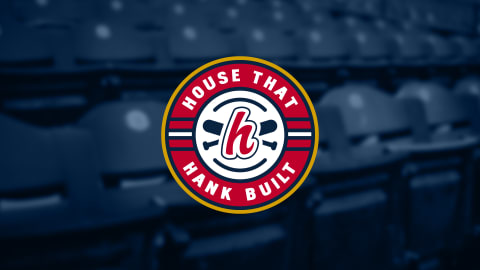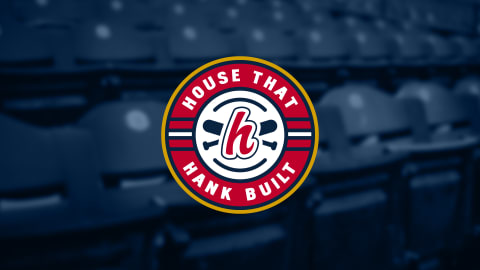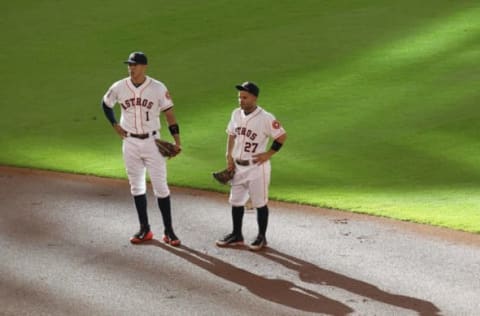How are the Atlanta Braves doing with length and pace of game?


As we’ve watched the average time of a major-league game increase year after year, the issues of time of play and pace of play have come front and center for teams and executives all over baseball.
Simply put, MLB is trying to get more action crammed into less total time and stop the disturbing trend of games taking longer and longer.
With the early returns in, it looks like the league overall, is losing that battle with both time and pace of play looking like they’ll be trending upward another year. Because I’m a curious person, I wanted to see how the 2017 Atlanta Braves are doing in these two areas to see if they’re more a part of the problem, or part of the solution.
Couple things before we jump in. One, this information doesn’t really have much functional use other than just knowing it. It’s interesting to me and hopefully, to some of you, but it doesn’t really effect performance or value in any way.
Two, both of these concepts have some natural context built in. We assign numbers to individuals and teams but obviously, this is a game of pitcher vs batter, team vs team. Naturally, playing slower opponents will slow your time and pace so it’s important to know there’s a bit of noise mixed in with the signal.
With that let’s jump in.

Time of Game
We’ll look at time of game first. For our post here, I’ve decided just to compare NL teams. The DH in the AL, in general, makes their games longer and makes any comparisons a bit like apples and oranges.
Baseball Reference very conveniently tracks all time of game info so all this data comes from their God-send of a website.
The average time of game among NL teams in 2017 is 3:07. Here’s the breakdown by team:
| CHC | 3:15 |
| WAS | 3:14 |
| NYM | 3:14 |
| LAD | 3:12 |
| PHI | 3:11 |
| MIL | 3:10 |
| STL | 3:09 |
| COL | 3:06 |
| PIT | 3:06 |
| MIA | 3:06 |
| ARI | 3:05 |
| SFG | 3:03 |
| CIN | 3:02 |
| ATL | 3:02 |
| SDP | 2:57 |
Somewhat surprisingly to me the Atlanta Braves are playing the 2nd quickest games in the National League. If you’re wondering, there’s only 1 team in the AL (KC) playing faster so Atlanta is playing the 3rd fastest games in the majors.
I say surprising because, in my head, a team that has struggled to pitch but has produced more than its share of offense, like the Braves, wouldn’t be the type I would think plays relatively quick games.
But there they are. We’ll get to the reason why in a minute.
Some other time of game highlights:
- The longest game in 2017 was 4:06. It was a 14-inning game vs STL on May 7th.
- The longest 9-inning was 3:34 vs the Mets on May 3rd. Mets scored 16 runs.
- The shortest game of the year was 2:20. Braves won 4-2 against SD on April 15th.
It’s important to remember this is a snapshot of 8-weeks’ worth of data. It will change and change again. For instance, Atlanta’s last 4 games played have had game times of 2:41, 2:40, 2:31, and 2:29. All well below their average. Had I put this together a week ago, the average would’ve obviously been higher. It’s just good to remember the earlier noise/signal qualifier.

Pace of Game
But there are some tangible reasons Atlanta is playing among the quickest games in MLB this year. And for that, we turn to Pace.
Pace is a metric we get from the Pitchf/x cameras installed in every major-league park. For all the complicated numbers and equations that have entered baseball the last decade or so, Pace is pretty simple. Cameras track the seconds in between pitches for hitters and pitchers, calculates the average which then becomes that players Pace.
Things like pick-off attempts and mound visits are excluded to get a more accurate number but there are, of course, seconds that happen between pitches that aren’t directly related to how fast or slow a player is. Sometimes the pitcher and catcher can’t get on the same page, sometimes the batter gets something in his eye or an infielder goes to the mound to have word.
The point is, again, it’s best to view this data as accurate estimates of pace instead of an exact measurement.
With the quick definition and qualifier out of the way, let’s see how the Braves are doing. All Pace data comes from Fangraphs.
To set the baseline, the 2017 MLB average Pace is 23.7 seconds.
Here’s the breakdown of the Braves hitters:
| K. Suzuki | 26.8s |
| E. Bonifacio | 26.6s |
| B. Phillips | 26.1s |
| T. Flowers | 24.9s |
| M. Kemp | 24.9s |
| R. Ruiz | 24.8s |
| N. Markakis | 24.3s |
| D. Swanson | 23.7s |
| D. Santana | 23.6s |
| A.Garcia | 23.5s |
| J. Peterson | 22.2s |
| M. Adams | 22.2s |
| E. Inciarte | 22.1s |
| F. Freeman | 21.7s |
The big takeaway here is … there no real takeaway. As a group, they’re at 23.8 seconds, right in line with the league. 7 players above league average, 7 players below.
I did laugh when I saw Bonifacio’s number. Emilio combines sucking at baseball with doing it slowly which is unfortunate for everyone but other than that, there isn’t much of interest here.
So this isn’t our answer.
Let’s look at the pitchers. Here’s their breakdown:
| Vizcaino | 26.3s |
| Teheran | 25.1s |
| Garcia | 24.3s |
| Krol | 23.8s |
| Motte | 23.8s |
| S.Freeman | 23.6s |
| Colon | 22.3s |
| Ramirez | 22.3s |
| O’Flaherty | 21.5s |
| Foltynewicz | 20.6s |
| Collmenter | 20.4s |
| J.Johnson | 19.8s |
| Dickey | 19.6s |
Now we’re getting somewhere. Braves pitching staff, collectively, have a Pace of 22.4 seconds. Almost a 1.5 second/pitch faster than league average.
One of the driving forces behind this, as you can see, is R.A. Dickey. Dickey has been doing this for years and is known around the league as one of the fastest workers on the mound.
Fans who watch Braves games regularly won’t be surprised to see Foltynewicz’s name where it is either as he often gets in rapid fire mode. So much so, in fact, that the team has talked to him about slowing down a bit, especially when things aren’t going his way.
Remember, Pace has no correlation to production or value. Some guys do better working fast. Some better going slow.

The Comps
So how quick is that pitchers’ Pace relative to the rest of the NL?
| LAD | 25.1s |
| MIL | 24.4s |
| WAS | 23.9s |
| PHI | 23.8s |
| SFG | 23.5s |
| COL | 23.3s |
| PIT | 23.3s |
| NYM | 23.2s |
| MIA | 23.1s |
| ARI | 23.0s |
| SDP | 22.9s |
| STL | 22.6s |
| CHC | 22.5s |
| ATL | 22.4s |
| CIN | 21.9s |
It’s safe to say, one of the main factors in why the Atlanta Braves are playing such quick games relative to the rest of league in 2017 is because their pitchers aren’t wasting any time.
More from Tomahawk Take
- Atlanta Braves 2023 Preseason Top 30 Prospects List: 1-5
- Braves News: Braves acquire Diaz, moves around the division, more
- Atlanta Braves 2012 Top Prospects Review: J.R. Graham
- Atlanta Braves Acquire Lewin Diaz from the Orioles
- Atlanta Braves 2023 Preseason Top 30 Prospects List: 6-10
And it’s not just the starters. Relievers are typically the biggest culprits for taking the longest between pitches. I’ve written entire articles between Pedro Baez pitches before.
But not Atlanta’s relievers. League average Pace for RPs is 24.8 seconds. Atlanta’s RPs are at 22.6 seconds. Wow. Over 2 seconds/pitch faster than the league average. Jim Johnson leads this charge with an impressive 19.6 seconds between pitches.
Braves are 1 of only 4 teams whose average time of game is lower than last year’s 3:05 and one of the biggest reason why is the guys on the mound. They may be giving up more runs than hoped or expected but at least they’re doing it quickly.
Next: Braves 1st-Quarter Season Review
Overall, Major League Baseball has a long way to go to get time of game and pace of game where they want it. There are some terrifying things going on in the American League right now, especially the AL East. But the Braves are pulling their weight. And they have their pitchers to thank.